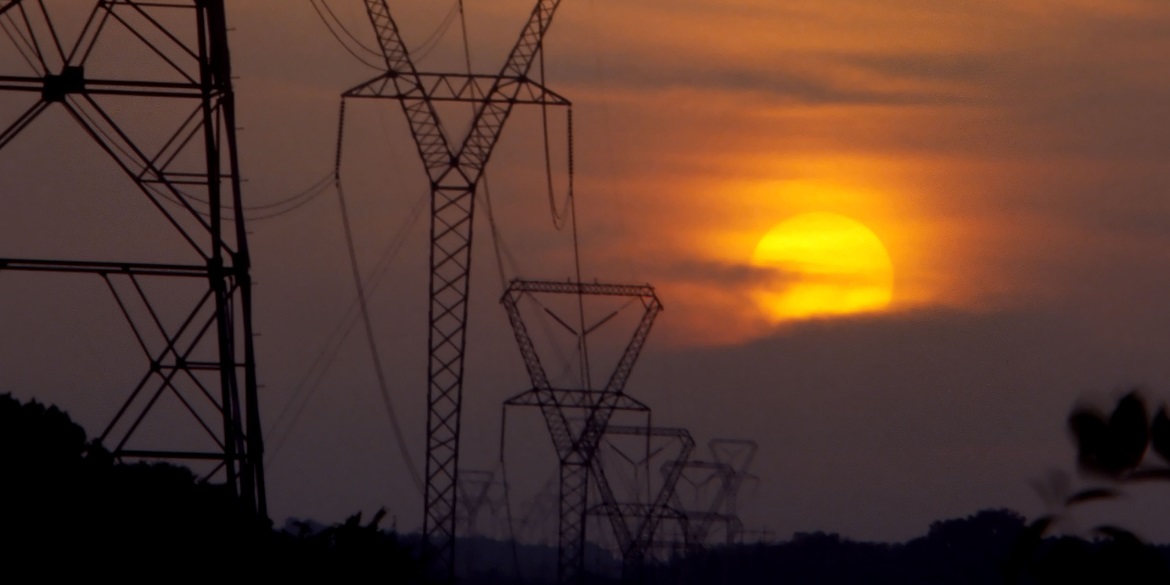The double title really says it all about the relationship between the solar industry and utilities. Are utilities a force for good, or do they represent the “dark side” when it comes to solar?
In reality, the solar industry needs utilities. Utility-scale solar relies on the infrastructure provided by utilities to deliver energy to customers. Meanwhile, owners of distributed rooftop solar systems need utilities to distribute excess energy as it’s produced, and to provide energy when their system is not producing enough to meet their needs.
While distributed solar needs the utility, it is also forcing the utility to evolve. Some prognosticators have hypothesized that the utility is going the way of the landline phone company. As mobile phones continue to grow in popularity, the percentage of American households who no longer have a landline hit 34% in 2012. At the current rate of decline, the last landline will be cut sometime in the middle of the next decade.
So as utility customers turn toward onsite power generation—such as solar—will the utility business model face a similar fate as “Ma Bell?” Reading the recent Edison Electric Institute report, one might think utilities have a reason to be concerned.
Before anyone rings the death knell for utilities, however, take a closer look at the evolution of the telecom industry. The two largest wireless providers in the United States, AT&T and Verizon, both started life as landline companies after the breakup of the original AT&T monopoly in 1984. AT&T and Verizon evolved. In all likelihood, many utilities will as well.
In fact, many utilities are already looking at ways to evolve their business models and continue to profit as technology changes, and this solar trend will continue strong in 2014. Where some see a threat in distributed solar, others see an opportunity. The list of traditional electrical utilities and diversified energy companies that are investing in distributed solar and utility-scale solar outside of their regulated territories is growing by the day.
- PG&E Corporation, parent of California regulated utility Pacific Gas and Electric Company, has invested in both residential solar finance company SunRun, and integrated distributed solar developer SolarCity.
- Edison International, parent company of Southern California Edison, recently purchased SoCore Energy, a developer of commercial solar rooftops, to enter the commercial solar space directly. This follows an earlier investment in residential solar finance company Clean Power Finance.
- Clean Power Finance seems to have perfected the art of getting utilities to consider evolving their business model, as they also have received investments from the largest electric holding company in the U.S., Duke Energy.
- Integrys Energy Services, Inc., a subsidiary of Integrys Energy Group, Inc., a large Midwestern utility holding company, also created a residential solar finance fund through Clean Power Finance’s online platform.
- Duke Energy, the nation’s largest utility holding company through subsidiary Duke Energy Renewables, is a major investor in utility-scale solar nationwide. Of course, when you are the largest utility in the U.S. you need lots of ways to profit from solar, so they have also formed a new group within their regulated utility to look at ways to invest in distributed solar.
- NextEra, the parent company of Florida Power and Light and a large independent power producer, has been investing in utility-scale solar for years. Their most recent foray into the commercial solar market has been the acquisition of Smart Energy Capital.
- NRG Energy, another leading independent power producer, is investing in utility- and commercial-scale solar through subsidiary NRG Solar, and in residential solar through subsidiary NRG Residential Solar Solutions.
- Warren Buffet and Berkshire Hathaway are also investing in some of the largest solar plants in the country through subsidiary MidAmerican Energy Holdings Company.
If you’ve written utilities off as dinosaurs clinging to coal plants and outdated business models, it’s time to look again. In the not-so-distant future, those same utilities just might own the solar on your roof. The force runs strong in utilities, and time will tell which utility will be the AT&T or Verizon of distributed solar.
